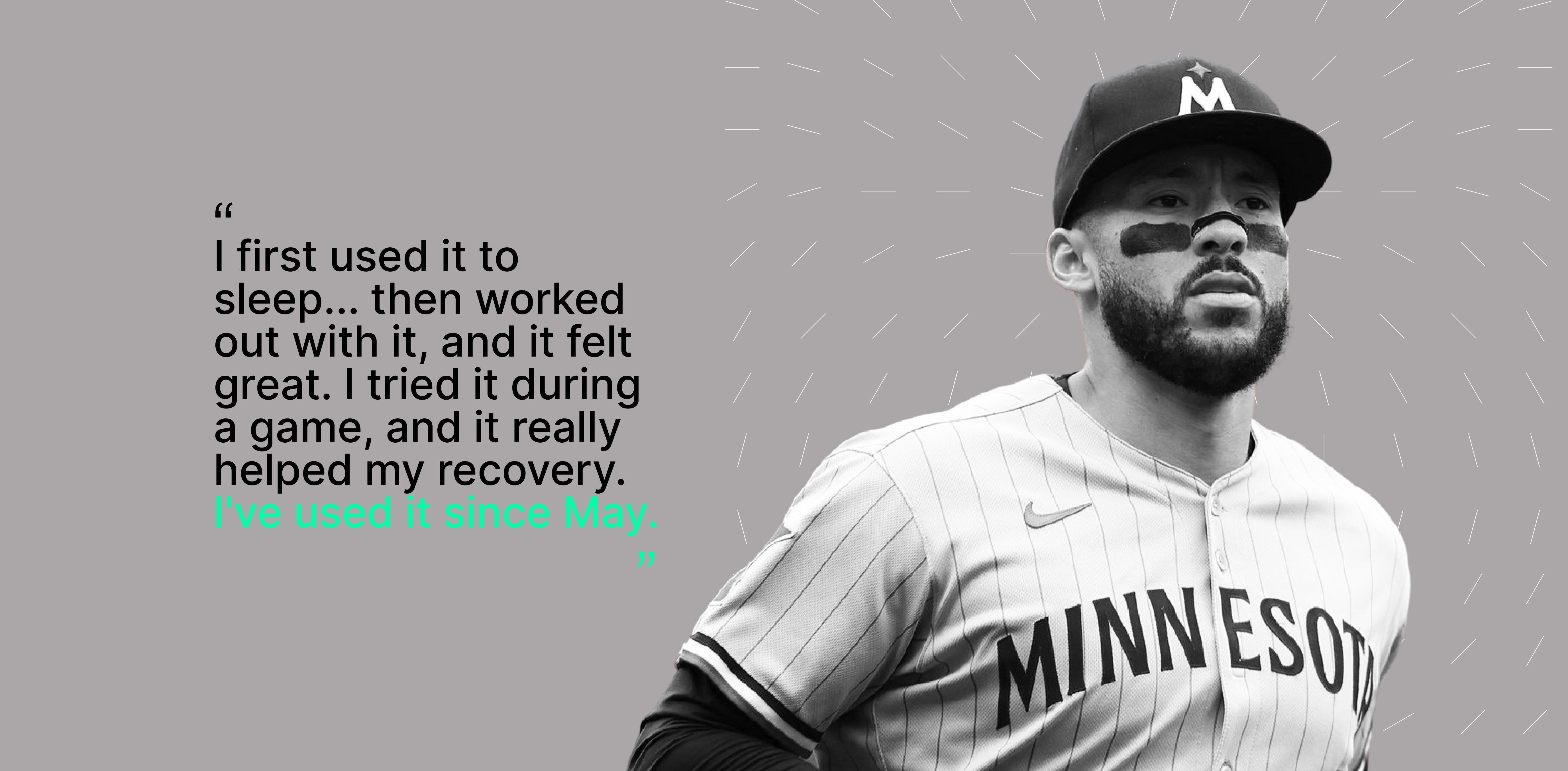What Is Myofunctional Therapy?

Myofunctional therapy is like physical therapy—but for your face, mouth, and airway. It trains the muscles of the tongue, lips, and cheeks to function properly, with an emphasis on nasal breathing, tongue posture, and swallowing mechanics.
Kathy Soto, a certified myofunctional therapist and dental hygienist, joined the Take A Deep Breath podcast to break it all down. She described myofunctional therapy as a personalized, at-home exercise program with five key goals:
- Reestablish nasal breathing
- Maintain a proper lip seal
- Strengthen tongue posture
- Improve chewing and swallowing
- Restore muscle tone for healthy facial development
From Teeth to Tongue: Kathy’s Path to Airway Awareness

Kathy didn’t start her career thinking about breathing. As a dental assistant and hygienist, she kept seeing the same issues:
- Crooked teeth and narrow palates
- Gum disease and dry mouth
- Patients fogging up the mirror during cleanings—clear signs of mouth breathing
“No one was asking the right questions,” Kathy shared. “People were breathing through their mouths during appointments—and no one noticed it was a problem.”
That changed when she realized how chronic mouth breathing and poor tongue posture affected more than just oral health. It impacted her patients’ sleep, focus, and even behavior.That sparked her deep dive into myofunctional therapy.
🔗 Learn more about myofunctional therapy from Cleveland Clinic →
Mouth Breathing: A Red Flag, Not a Quirk
Many people think mouth breathing is no big deal—but it’s often a sign of dysfunction. Kathy breaks down the risks:
- Dental crowding and narrow palate
- Sleep-disordered breathing and sleep apnea
- Speech delays and behavioral issues in children
- Poor sleep quality and chronic fatigue
- Higher rates of cavities and gum disease
“If you can’t breathe through your nose, something’s wrong,” Kathy says. “And the earlier we catch it, the better.”
Adults Can Benefit Too
While early intervention is ideal, myofunctional therapy isn’t just for kids.
Kathy shared the story of a patient in his 50s who transformed his life by retraining his breathing:
- His chronic fatigue vanished
- Sleep quality improved
- Energy and focus returned
“It’s all about awareness and consistency,” Kathy emphasizes. Adults can absolutely improve with the right guidance and tools.
🔗 Explore Healthline’s breakdown of myofunctional therapy →
Why Dentists Are on the Front Lines
Most people see their dentist more than their doctor—making dental professionals critical players in airway health.
Kathy encourages dentists and hygienists to look beyond the teeth and ask better questions:
- Is the patient mouth breathing?
- Do they have a high palate or open mouth posture?
- Are there signs of poor sleep or grinding?
“If we don’t ask, we don’t catch it,” Kathy warns. And when it’s caught early, myofunctional therapy can guide patients toward lifelong improvements in health.
Tools That Support Better Breathing

As you retrain your breath, tools like Intake Breathing strips can help reinforce healthy patterns—especially during sleep or physical activity.
These magnetic nasal strips gently lift and open the nasal passages, supporting:
- Nasal breathing during rest and recovery
- Improved oxygen flow and sleep quality
- A more consistent routine for both adults and children
Summary: Small Muscles, Big Impact
Kathy Soto’s message is simple but powerful: myofunctional therapy changes lives. By improving how we use our tongue, lips, and breath, we can improve how we sleep, grow, and feel—at any age.
Whether you’re a parent, a provider, or someone struggling with poor sleep or congestion, this therapy offers a powerful, non-invasive option.
Start Your Nasal Breathing Journey Today
🎧 Listen to the full episode with Kathy Soto on the Take A Deep Breath podcast →
🛒 Try Intake Breathing to support nasal breathing and better sleep →
Because better breathing doesn’t just improve your night—it improves your life.




